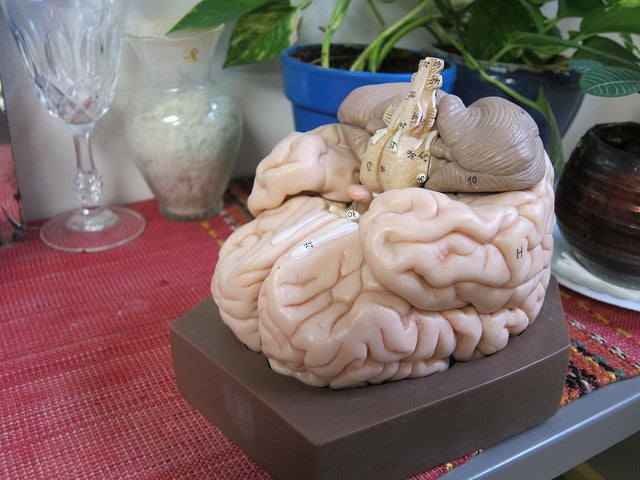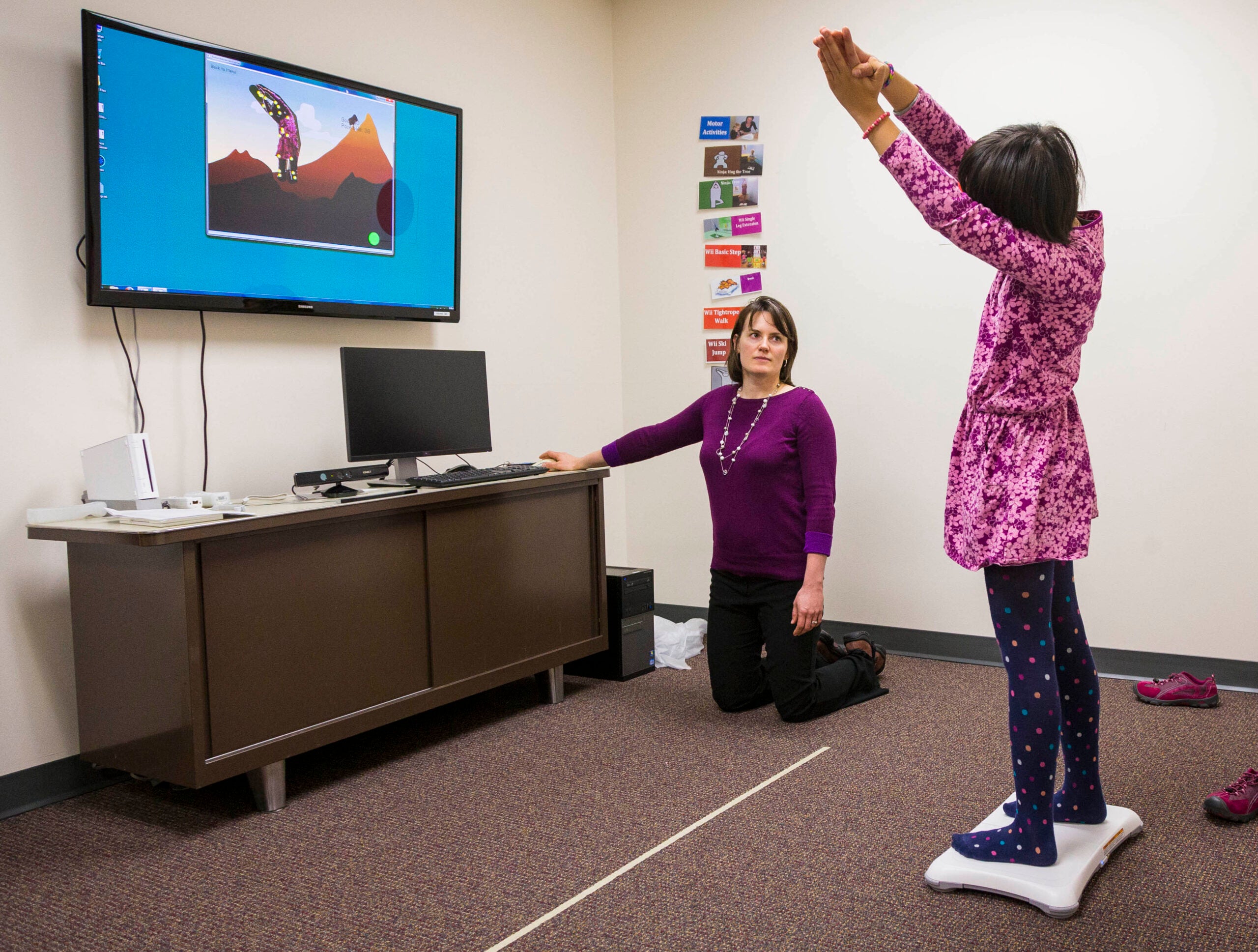The Portable Neuromodulation Stimulator (PoNS) has the ability to reverse symptoms of stroke, Parkinson’s disease and brain injuries. Find out how it works and what miracles have been achieved so far.
Featured in this Show
-
UW Scientists' Device Shows Promise Reducing Symptoms Of Stroke, Parkinson's, MS
Researchers at the University of Wisconsin-Madison have developed a device that has shown promise in treating a number of neurological problems.
A team at the university’s Tactile Communication and Neurorehabilitation Laboratory say the Portable Neuromodulation Stimulator, or PoNs, can reduce and reverse the symptoms of stroke, multiple sclerosis, traumatic brain injury and Parkinson’s disease.
“It’s a fairly simple device from a hardware standpoint. It’s the process that is most miraculous and a bit mystifying,” said Mitchell Tyler, a mechanical and biomedical engineer and scientist who has been working on the project.
The PoNs is being developed into a commercial device that will be going through U.S. Food and Drug Administration clinical trials in the next year, according to Tyler.
He explained that part of what’s unique about the device is its placement on the front third of the tongue.
“The controller provides a train of electrical stimuli, tiny electrical pulses to 143 electrodes that are placed on the tongue. And then you’d use the tongue as a pathway for these tiny little pulses to excite the brain stem and to elicit these changes and brain functions,” Tyler said.
Because the tongue is intimately connected with the brain, it can be used as a portal to pass information to the brain, according to Paul Bach-y-Rita, the TCNL’s founder.
“The tongue can pick up very subtle information. And the unique characteristic of the tongue is that it projects right into the brain stem, which is the locus of our control process for balance, gait, (and) eye movement control,” Tyler added.
He stressed it’s important to note that the device is used as a compliment to therapeutic interventions as a means to augment and sustain the benefits someone would get from exercises with a physical or speech therapist.
Tyler said that the treatment takes 20 minutes of stimulation along with the task performance to get the brain to reset itself and return to its normal function. Those benefits then are sustained anywhere between two, three or four hours beyond the initial training session.
“Two or three therapeutic interventions in the day will help treat the symptoms. And over time we’re seeing cumulative benefits, so people will progressively get better,” Tyler said.
For people who have had a stroke or traumatic brain injury, the device helps the brain get back to its normal function. For other conditions, like MS and Parkinson’s, Tyler said the PoNs seems to be slowing down the progression of the symptoms.
“The conventional wisdom is that (the condition is) going to get worse and eventually die. We seem to be able to stave off the on-flood of those symptoms,” Tyler said.
Episode Credits
- Larry Meiller Host
- Cheyenne Lentz Producer
- Mitchell Tyler Guest
Wisconsin Public Radio, © Copyright 2024, Board of Regents of the University of Wisconsin System and Wisconsin Educational Communications Board.



